
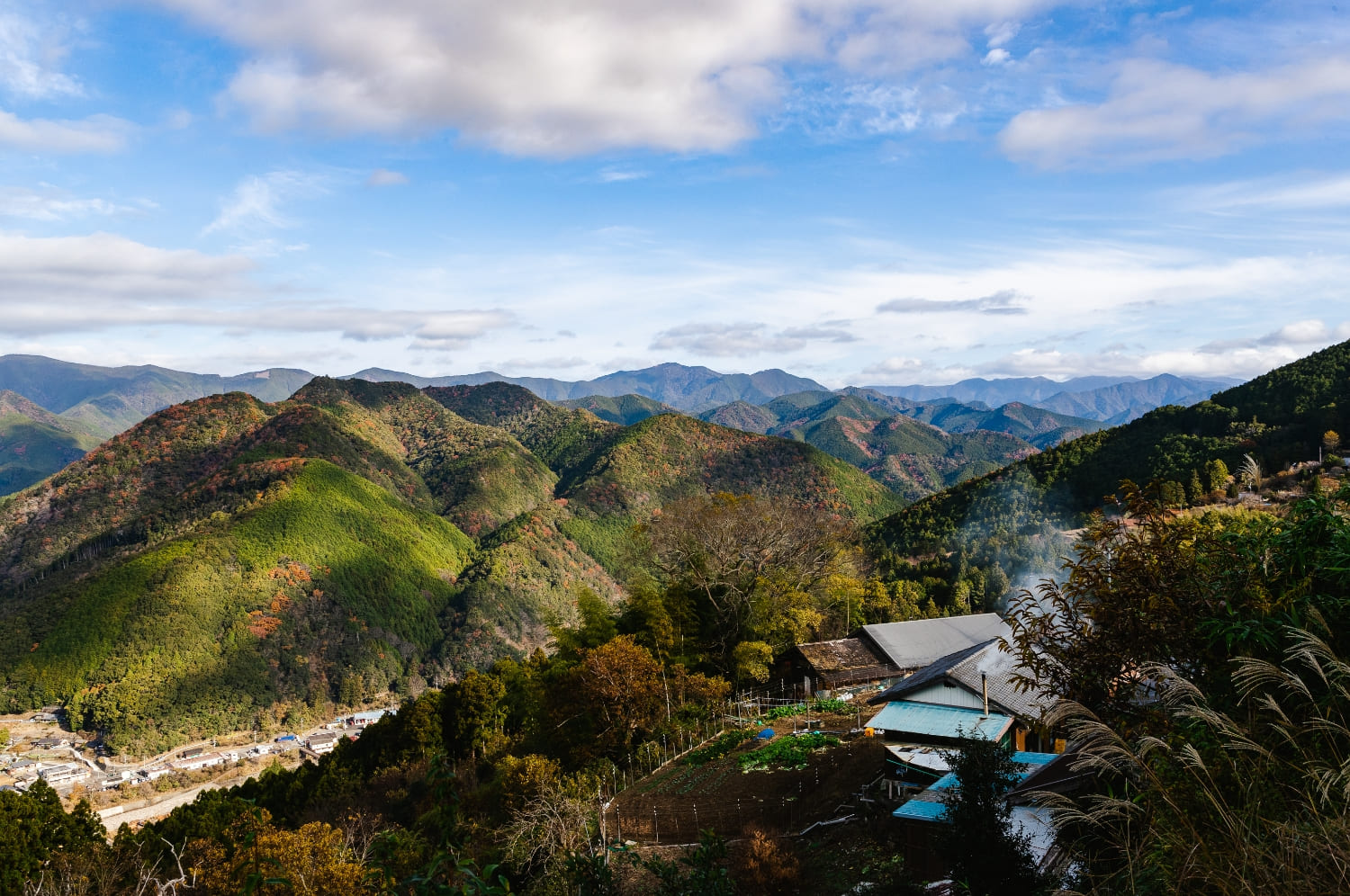
How to Get to Kumano Kodo (UNESCO World Heritage Site): By Car or Train
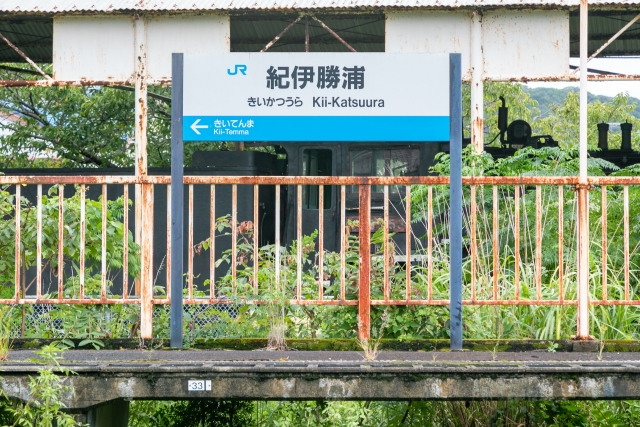
With overseas travel feeling less accessible these days, why not take this opportunity to explore Japan’s UNESCO World Heritage sites?
In this article, we’ll show you how to get to Kumano Kodo, a World Heritage pilgrimage network that spans four prefectures including Wakayama. Only two World Heritage properties in the world are inscribed specifically as “routes”: Kumano Kodo (Sacred Sites and Pilgrimage Routes in the Kii Mountain Range) and the Routes of Santiago de Compostela in France and Spain.
With such a rare World Heritage site right here in Japan, there’s no reason not to go!
Where is the Kumano Kodo?
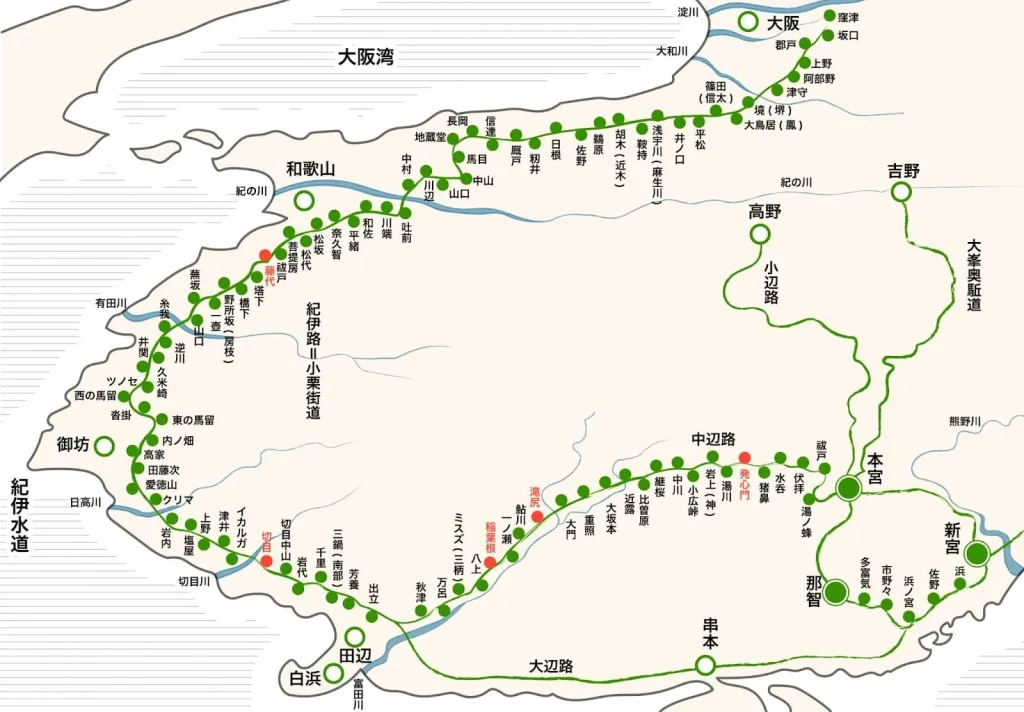
Kumano Kodo—officially “Sacred Sites and Pilgrimage Routes in the Kii Mountain Range”—is an ancient network of pilgrimage routes spanning the prefectures of Wakayama, Mie, Nara, and Osaka. Crossing the Kii Peninsula, these trails lead to the three grand shrines collectively known as the Kumano Sanzan: Kumano Hongu Taisha, Kumano Hayatama Taisha, and Kumano Nachi Taisha.
Kumano Kodo is not a single path but a network of five main routes: Nakahechi, Iseji, Kohechi, Kiiji, and Ohechi. Since the Heian period (794–1185), countless pilgrims have walked these routes to reach the Kumano Sanzan.
Top 3 Stations for Exploring Kumano Kodo
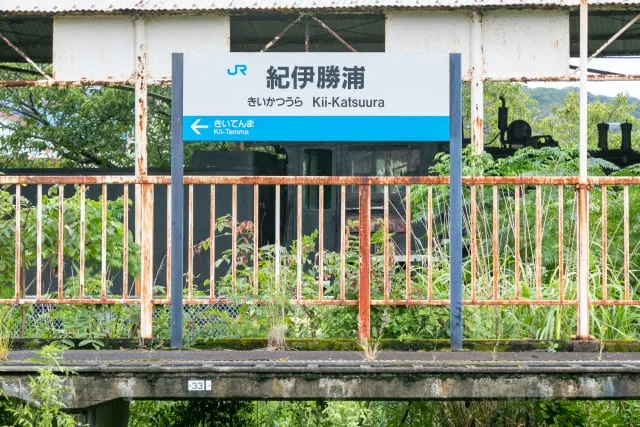
As reported earlier, the ‘Kumano Kodo’ in a nutshell covers a wide area and has many forks in the road. The total length is said to be 600 km, and it is possible to make a short trek using a bus or private car, or if you are confident of your fitness, you can walk dozens of kilometres over several days. There are also essential spots such as historical buildings, shrines and scenic overlooks at key locations.
To start with, here are three convenient stations for visiting the Kumano Kodo route to the Kumano Sanzan.
Kii-Tanabe Station — JR West, Kisei Main Line (Kinokuni Line)
If you’re heading to Kumano Hongu Taisha—one of the three grand shrines known as the Kumano Sanzan—Kii-Tanabe Station is a great starting point.
From Shin-Osaka, the Limited Express Kuroshio takes about 2 hr 8 min.
Kii-Katsuura Station — JR West, Kisei Main Line (Kinokuni Line)
Located in Nachikatsuura, Wakayama Prefecture, Kii-Katsuura is the most convenient rail hub for visiting Kumano Nachi Taisha, one of the Kumano Sanzan. If you’re heading for the famous Nachi Falls, this is the station to use.
From Shin-Osaka, the Limited Express Kuroshio takes about 4 hours.
Shingu Station — JR West / JR Central, Kisei Main Line (Kinokuni Line)
Located in Shingu, Wakayama Prefecture, Shingu Station is the closest major rail stop to Kumano Hayatama Taisha.
From Nagoya, the Limited Express Nanki takes about 3 hr 19 min.
From Shin-Osaka, the Limited Express Kuroshio takes about 4 hr 16 min—and Shingu is the stop after Kii-Katsuura.
Getting to Kumano Kodo from Across Japan
Below are the main access options for visiting Kumano Kodo from major cities across Japan.
From Tokyo and Nagoya
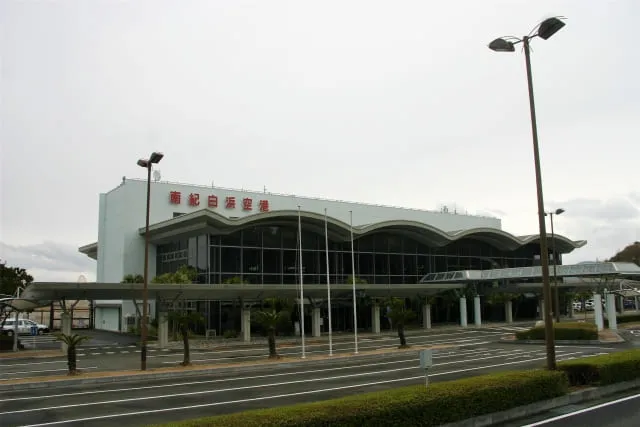
From the Kanto and Tokai regions, the best station depends on how you travel.
By air, the fastest route is via Nanki-Shirahama Airport to Kii-Tanabe Station.
By land, we recommend heading to Shingu Station via Nagoya.
Using Public Transportation
If you want the fastest way to reach Kumano Kodo, fly from Haneda Airport to Nanki-Shirahama Airport (three flights daily, as of March 2022). From there, continue by bus and train to Kii-Tanabe Station.
Route (fastest by air)
- Haneda Airport → Flight (~1 hr 10 min) → Nanki-Shirahama Airport
- Airport → Airport bus (~20 min) → Shirahama Station
- Shirahama Station → JR train (~10 min) → Kii-Tanabe Station
If you prefer to travel by rail, take the Shinkansen to Nagoya and transfer to the Limited Express Nanki for Shingu Station.
Route (all by rail)
- Tokyo Station → Shinkansen (~1 hr 40 min) → Nagoya Station
- Nagoya Station → Limited Express Nanki (~3 hr 20 min) → Shingu Station
If you’re looking for a budget-friendly option, express highway buses are convenient. With enough stamina, an overnight bus can even make a day trip possible.
Highway bus options
- Nagoya → Highway bus (~4 hr 30 min) → Shingu Station
- Omiya → Overnight highway bus (~11 hr 40 min) → Shingu Station
(Services from Omiya/Ikebukuro/Shinjuku/Yokohama to Shingu operate at night.)
Note: Services between the Kanto area and Shingu were suspended as of March 2022 due to COVID-19.
By Car
If you prefer to drive—whether you enjoy road trips or want to minimize transfers—you can reach Kumano Kodo entirely by car.
Tokyo → Kumano Nachi Taisha (example route)
Via the Tomei Expressway → Daini-Tokai Expressway → Isewangan Expressway → Nagoya–Kameyama Route / Tomeihan Expressway → Ise Expressway.
Total driving time is about 7–8 hours (not including rest stops).
You can also rent a car at Nanki-Shirahama Airport and tour the Kumano Sanzan:
From Osaka and Wakayama
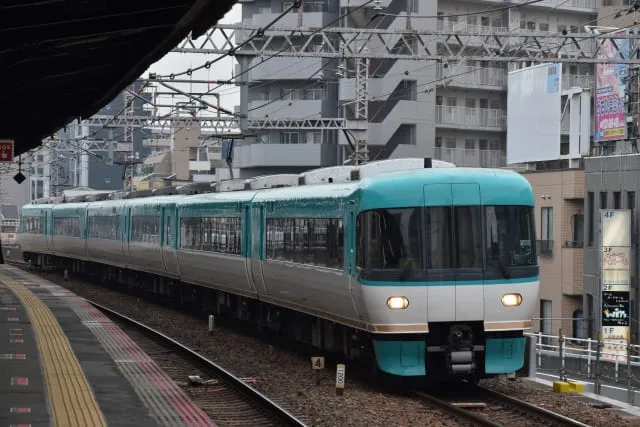
By Train (Public Transportation)
Trains are the most convenient option from the Osaka area—access is good enough for day trips.
The Limited Express Kuroshio starts at Shin-Osaka and terminates at Shingu. End-to-end time: about 4 hr 23 min.
Shin-Osaka → Kii-Tanabe: ~2 hr 12 min
Kii-Tanabe → Kii-Katsuura: ~1 hr 48 min
Kii-Katsuura → Shingu: ~10 min
Some services originate at Kyoto Station.
From Wakayama Station:
Wakayama → Kii-Tanabe: ~1 hr 10 min
Kii-Tanabe → Kii-Katsuura: ~1 hr 48 min
Kii-Katsuura → Shingu: ~10 min
By Highway Bus (Budget-Friendly)
Fares start from around ¥3,000.
Namba → Kii-Tanabe: ~3 hr
Osaka (Umeda) → Kii-Tanabe: ~3 hr 20 min
A Kyoto–Koyasan highway bus also operated April 22–November 27, 2022. From Koyasan, access to Kumano Hongu Taisha is comparatively straightforward—Kyoto-based travelers can consider this route.
By Car
From Osaka
Osaka → Kumano Hongu Taisha via National Route 168: ~3 hr
Osaka → Kumano Nachi Taisha / Kumano Hayatama Taisha via the Matsubara–Nachikatsuura Route: ~4 hr
From Wakayama City
Wakayama City → Kumano Hongu Taisha via the Matsubara–Nachikatsuura Route and Hanwa Expressway: ~2 hr 30 min
Wakayama City → Kumano Nachi Taisha / Kumano Hayatama Taisha: ~3 hrine is approximately 2.5 hours via the Matsubara-Nachi-Katsuura Route and the Hanwa Expressway, while Kumano Nachi Taisha Shrine and Kumano Hayatama Taisha Shrine are approximately 3 hours away.
Access from Shikoku
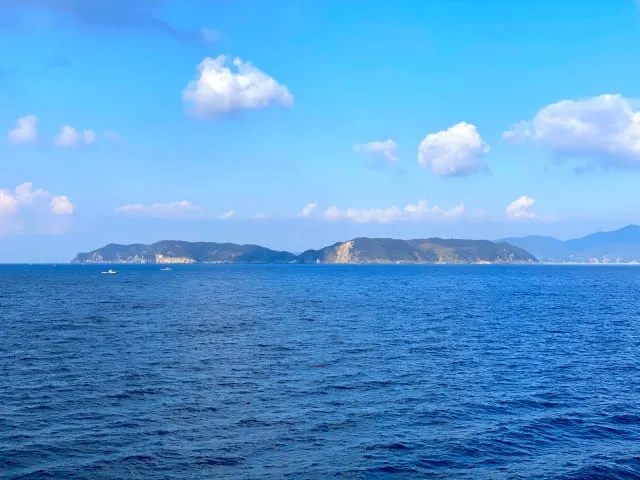
By Public Transportation
You can travel from Takamatsu to Kii-Tanabe entirely by train, and if you’re coming from Tokushima, the ferry is also a great option.
Fastest (via Shinkansen)
Takamatsu → Okayama: Marine Liner ~52 min
Okayama → Shin-Osaka: Shinkansen ~45 min
Shin-Osaka → Kii-Tanabe: Limited Express Kuroshio ~2 hr 12 min
Via Ferry from Tokushima
Tokushima Port → Wakayama Port: Ferry ~2 hr 10 min
Wakayama Port → Wakayama Station: Bus ~25 min
Wakayama Station → Kii-Tanabe: Limited Express ~1 hr 15 min
You can load a vehicle on the ferry and continue by car from Wakayama Port.
By Car
Takamatsu → Kumano Sanzan via Awaji Island and the Matsubara–Nachikatsuura Route: ~5.5–6 hr
If using the ferry with your car, Wakayama Port → Kumano Hongu Taisha: ~2 hr 30 min
Access from other regions
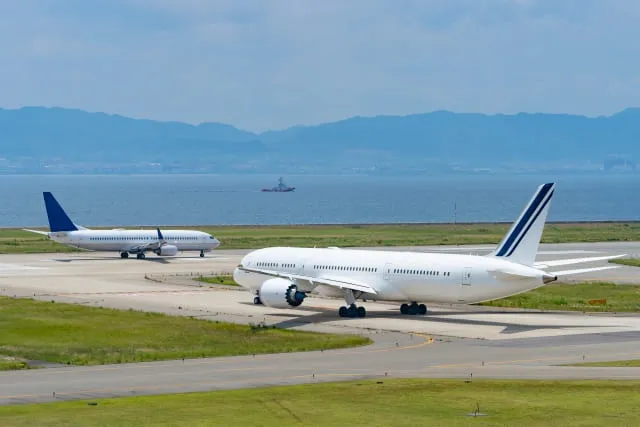
Finally, here’s how to reach Kumano Kodo from Hokkaido, Tohoku, Chubu, Kyushu, and Okinawa.
By Public Transportation
Let’s look at two main options: by plane and by train.
By Plane
Unfortunately, Nanki-Shirahama Airport operates flights only to and from Haneda Airport.
If you’re flying from another region, you’ll need to transfer at Haneda.
Alternatively, you can fly into Kansai International Airport (KIX), which has direct connections with many domestic airports from Hokkaido to Okinawa.
From Kansai International Airport
Kansai International Airport → Kii-Tanabe Station: by train ~2 hr 30 min (3–4 transfers)
Kansai International Airport → Kumano Hongu Taisha: by rental car ~3 hr
By Train
If you can reach Shin-Osaka Station by Shinkansen or Limited Express, taking the train route is recommended.
For example:
Hakata → Shin-Osaka: Shinkansen ~2 hr 30 min
→ Shin-Osaka → Kii-Tanabe: Limited Express Kuroshio ~2 hr 12 min
Kanazawa → Shin-Osaka: Limited Express Thunderbird ~2 hr 30 min
→ Shin-Osaka → Kii-Tanabe: Limited Express Kuroshio ~2 hr 12 min
Let’s Go to Kumano Kodo — a UNESCO World Heritage Pilgrimage
Kumano Kodo isn’t the easiest place to reach, but it’s absolutely worth the journey. Its rarity as one of only two UNESCO World Heritage properties inscribed specifically as pilgrimage routes, the centuries of footsteps you can still feel along the way, and the chance to spend quiet time with yourself while trekking—there are countless reasons to go.
There are many places to stay along the routes, so if you’re making the trip, consider lingering for a few days and taking it slow.










